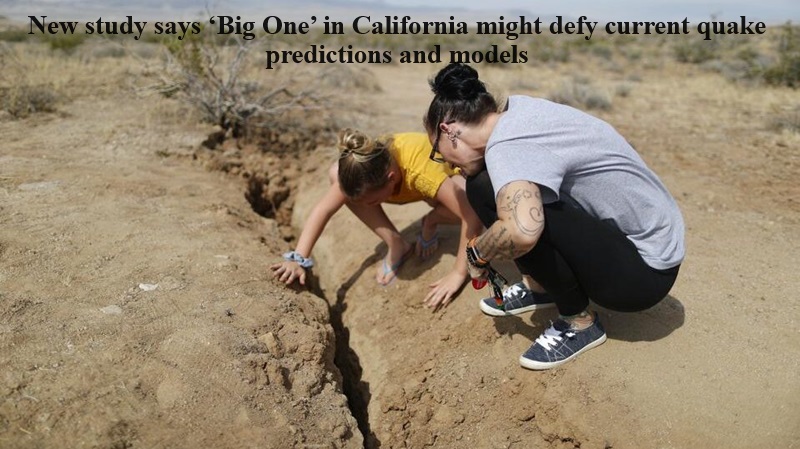
A recent study challenges previous assumptions about the magnitude of the anticipated “Big One” earthquake along the San Andreas fault in Southern California. The study, presented at the American Geophysical Union, suggests that the earthquake might not be as massive as previously predicted.
The traditional earthquake models, which rely on data from past seismic events, often have limitations due to a limited timeframe. In this study, researchers turned to an unconventional source of data – rocks located 9.3 miles away from the San Andreas fault. These rocks, part of a cluster in northern Los Angeles County, have withstood seismic activity over the past 50,000 years.
Lead researcher Anna Rood, a seismic hazard scientist at Imperial College London, highlighted the uncertainty in predictions based on current earthquake recordings, which cover less than 100 years. The study claims that ground shaking during the anticipated Big One earthquake could be up to 65% less intense than current hazard models suggest.
The findings of this study, if proven true, could be significant in disaster management. However, the US Geological Survey (USGS) has cautioned that it is too soon to incorporate the new data, emphasizing that it has been three centuries since the last earthquakes hit the southern San Andreas Fault.
The fear of the “Big One” has long been a concern for residents of California, and preparing for such a seismic event has been a priority. While the study challenges previous assumptions, ongoing research and monitoring are essential to understanding and mitigating the risks associated with earthquakes in the region.

Post Your Comments